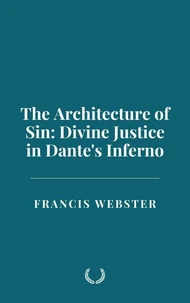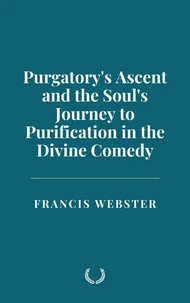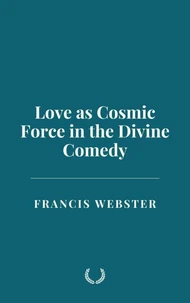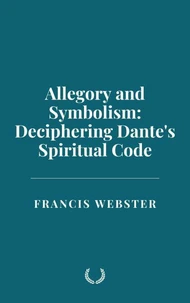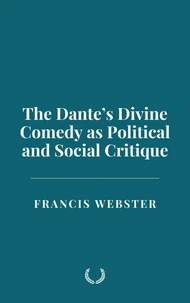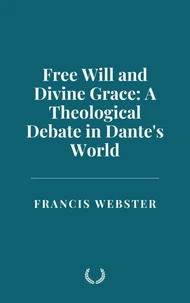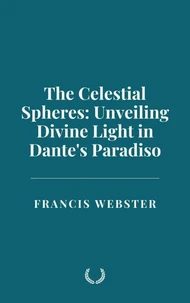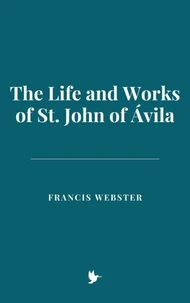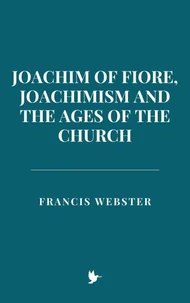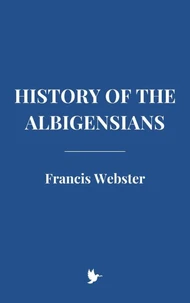Guides Through the Afterlife: The Role of Virgil and Beatrice in the Divine Comedy
Par :Formats :
Disponible dans votre compte client Decitre ou Furet du Nord dès validation de votre commande. Le format ePub est :
- Compatible avec une lecture sur My Vivlio (smartphone, tablette, ordinateur)
- Compatible avec une lecture sur liseuses Vivlio
- Pour les liseuses autres que Vivlio, vous devez utiliser le logiciel Adobe Digital Edition. Non compatible avec la lecture sur les liseuses Kindle, Remarkable et Sony
 , qui est-ce ?
, qui est-ce ?Notre partenaire de plateforme de lecture numérique où vous retrouverez l'ensemble de vos ebooks gratuitement
Pour en savoir plus sur nos ebooks, consultez notre aide en ligne ici
- FormatePub
- ISBN8230318200
- EAN9798230318200
- Date de parution08/03/2025
- Protection num.pas de protection
- Infos supplémentairesepub
- ÉditeurIndependently Published
Résumé
Dante Alighieri's Divine Comedy is a foundational text in Western literature, embodying a comprehensive exploration of medieval theology, philosophy, and political thought. Its first section, Inferno, opens with a poignant image: Dante, lost in a dark wood, at the midpoint of his life, in a state of existential confusion. This moment, situated in the year 1300, reflects not only a personal crisis but also serves as a metaphor for humanity's spiritual crisis.
In this dark forest, Dante symbolizes the moral ambiguity that characterizes the human condition. Through his encounter with Virgil, he is offered both a personal redemption and a broader allegorical journey-a journey through Hell, Purgatory, and Heaven-representing the soul's potential for salvation.
In this dark forest, Dante symbolizes the moral ambiguity that characterizes the human condition. Through his encounter with Virgil, he is offered both a personal redemption and a broader allegorical journey-a journey through Hell, Purgatory, and Heaven-representing the soul's potential for salvation.
Dante Alighieri's Divine Comedy is a foundational text in Western literature, embodying a comprehensive exploration of medieval theology, philosophy, and political thought. Its first section, Inferno, opens with a poignant image: Dante, lost in a dark wood, at the midpoint of his life, in a state of existential confusion. This moment, situated in the year 1300, reflects not only a personal crisis but also serves as a metaphor for humanity's spiritual crisis.
In this dark forest, Dante symbolizes the moral ambiguity that characterizes the human condition. Through his encounter with Virgil, he is offered both a personal redemption and a broader allegorical journey-a journey through Hell, Purgatory, and Heaven-representing the soul's potential for salvation.
In this dark forest, Dante symbolizes the moral ambiguity that characterizes the human condition. Through his encounter with Virgil, he is offered both a personal redemption and a broader allegorical journey-a journey through Hell, Purgatory, and Heaven-representing the soul's potential for salvation.




